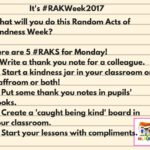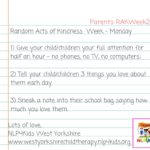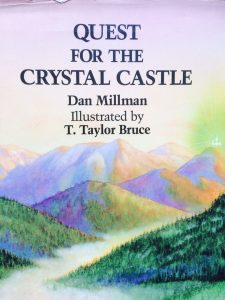The Law of Unexpected Outcomes and Squeaky Floorboards
A couple of weeks ago I decided it was time to give my office/art room a lick of paint to freshen it up. What ensued was quite a saga which I’m not sure I’m over yet! Obviously I moved things from the edge to be able to reach the walls. In reality it’s such a small room meant I had to empty the room. It took me 2 days to move everything out of the room (I have a lot of books and art stuff!) This in turn lead to unexpected outcome number 1 – the rest of the house upstairs became a cluttered, hazardous space! You might think this would have meant the job got done quickly so I could get back to normality – it didn’t!
Having emptied the room the carpet looked really grubby especially around the edges (it was laid when I moved into the house over 20 years ago so no surprise). This led to unexpected outcome number 2 – what to do about the floor? The carpet had to go! Day one of damage to fingers from the carpet gripper rods and their sharp nails – ouch.
I started with the woodwork – obviously sanding it back all first to give the surface a tooth to grip to. This lead to unexpected outcome number 3! My fingerprints aren’t recognised on any of my devices!
When I wasn’t painting the walls and woodwork I researched flooring. I wasn’t totally sure I could lay carpet but over 20 years ago I had laid laminate flooring in the kitchen when I first moved in. If I’d done it once I could do it again! Then I recalled how tricky it was to cut accurately and in the end I narrowed my choices down to vinyl. Vinyl on the roll had the same issues as carpet – it’s an awkward shaped room so that was out. Stick down vinyl tiles were potentially easy to use a however the online reviews were mixed so I went for vinyl planks that click together. Decision made I had to choose a colour – so many to choose from.
In the meantime I carried on painting and stepping over things in the hallway and bedrooms. Decorating is quite tiring and it took me four days to paint all the walls and woodwork to my satisfaction! The walls took three coats.
Next job was the flooring and a trip to B&Q to get another pack of vinyl as the room was bigger than I thought! It was a frustrating start when I realised that I had put the first two strips together and had to take them apart. True to the description the planks did cut easily across the plank by scoring them with a Stanley knife and snapping across your knee. Unexpected outcome 4 – bruised knees and scarred wrists where the planks slipped and I cut myself.
Half way through I realised I was right with the first planks I’d laid – I was now struggling on a row trying to click the planks the wrong way. As soon as I realised this I was flying and had the room almost completed – though it still took me all day! I just had the edges where I needed to cut the planks lengthways. I started and realised it was not going to be as easy and I was worried the planks might crack in the wrong places.
Next day I set to with sawing the planks. This lead to new abrasions on my fingers and knees (don’t ask!) Each plank took about 15 minutes to saw as I was hand-sawing – not recommended! The edging strips were much easier and I found I could cut that with a Stanley knife. I was now ready to move everything back in.
Only I didn’t move it all back in. Unexpected outcome 5 – I sorted and discarded stuff I no longer needed and cleared space – I was able to let stuff go. Unexpected outcome 6 – gifts sent to friends of things I have no use for but I know they will love. Unexpected outcome 7 – the desk has always been in front of the window so I could look out. It’s now against the back wall and the room seems so much more spacious and the energy in the room is fabulous. I’m also not distracted by being a nosey parker!
Unexpected outcome 8 is squeaky floorboards in the bedroom next door! I suspect it is because I have moved the bookcase that was really jam packed (and therefore very heavy) into another room. That’s something to investigate another day – and probably needs a floor specialist if I’m honest.
A decision to make a simple change led to so many other things that I really didn’t expect at all. I always remind the children and young people I work with that one small change may well lead to other changes we might not always expect. We talk about what else might change or happen when we’ve taken a decision to make a change. We usually end up with a huge mind map of all these changes. I’ve ended up with a lovely office and therapy space with great energy.
PS – Not so unexpected outcome 9 – I’m a much better therapist than I am a decorator or floor layer!
PPS – Still working on getting my devices to recognise my finger prints!





